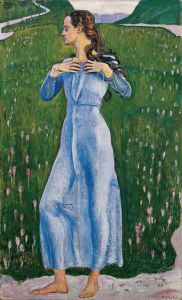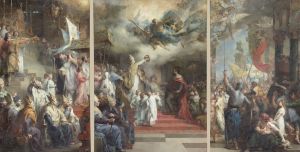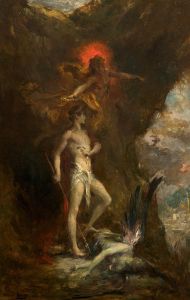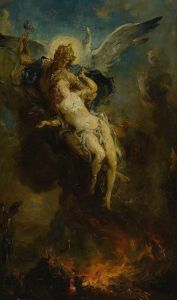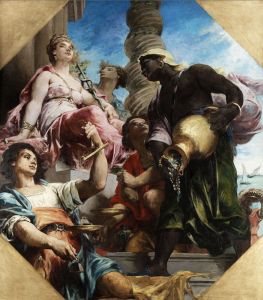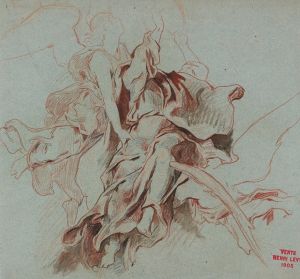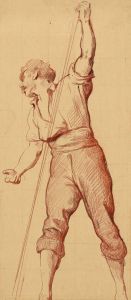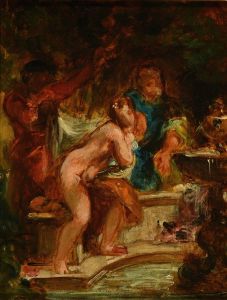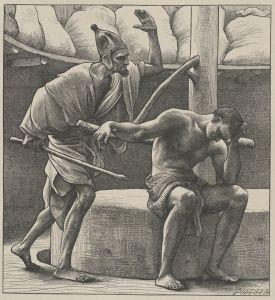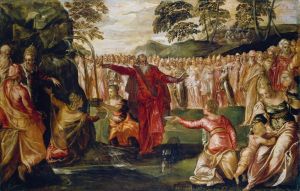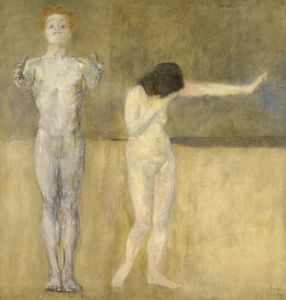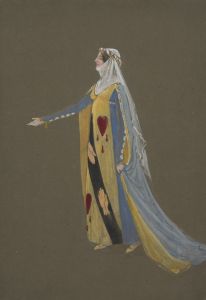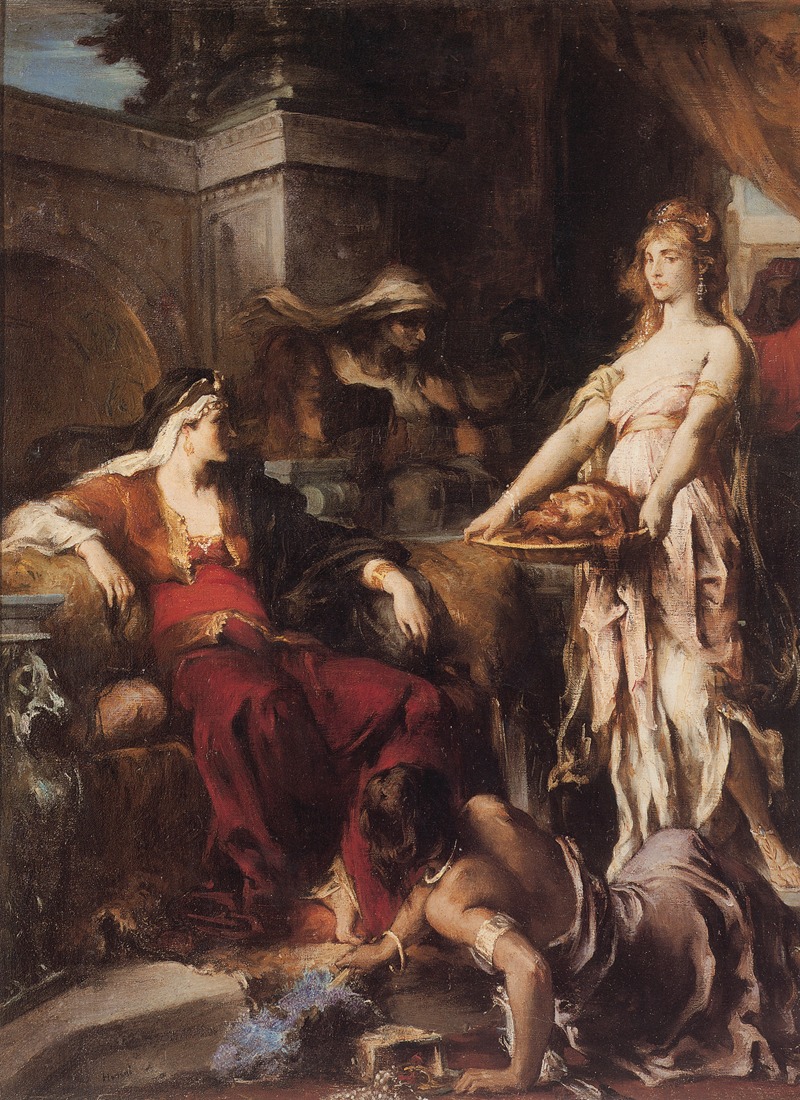
Herodias
A hand-painted replica of Henri Leopold Lévy’s masterpiece Herodias, meticulously crafted by professional artists to capture the true essence of the original. Each piece is created with museum-quality canvas and rare mineral pigments, carefully painted by experienced artists with delicate brushstrokes and rich, layered colors to perfectly recreate the texture of the original artwork. Unlike machine-printed reproductions, this hand-painted version brings the painting to life, infused with the artist’s emotions and skill in every stroke. Whether for personal collection or home decoration, it instantly elevates the artistic atmosphere of any space.
Henri Léopold Lévy's painting Herodias is a 19th-century artwork created by the French artist, who was known for his historical and biblical themes. Lévy (1840–1904) was a painter of the Academic tradition, and his works often reflected the dramatic and emotional intensity characteristic of the style. Herodias is one of his notable pieces, drawing inspiration from the biblical story of Herodias, a figure mentioned in the New Testament.
Herodias is a central figure in the story of the beheading of John the Baptist. According to the Gospels of Matthew and Mark, Herodias was the wife of Herod Antipas, the ruler of Galilee and Perea. She is infamous for her role in the events that led to John the Baptist's execution. The story recounts that Herodias harbored a grudge against John because he had publicly condemned her marriage to Herod, which was considered unlawful under Jewish law. During a banquet, Herodias's daughter, traditionally identified as Salome, performed a dance that pleased Herod. As a reward, Herod promised to grant her any wish. At her mother's urging, Salome requested the head of John the Baptist on a platter, a demand that Herod reluctantly fulfilled.
Lévy's painting captures the essence of this dramatic and morally complex narrative. While specific details about the composition and style of Herodias are not widely documented, it is likely that Lévy employed his characteristic use of rich color, detailed rendering, and emotional intensity to depict the subject. His works often reflect the influence of his academic training and his interest in exploring themes of power, morality, and human emotion.
Henri Léopold Lévy studied at the École des Beaux-Arts in Paris under François-Édouard Picot and Alexandre Cabanel, both prominent figures in the Academic art movement. Lévy exhibited regularly at the Paris Salon, where his works were well-received for their technical skill and dramatic storytelling. His oeuvre includes a range of religious, mythological, and historical subjects, and Herodias fits within this broader context of his artistic interests.
Unfortunately, detailed information about the specific dimensions, medium, and current location of Herodias is not readily available. However, the painting remains an example of Lévy's ability to bring biblical stories to life through his mastery of Academic painting techniques.





